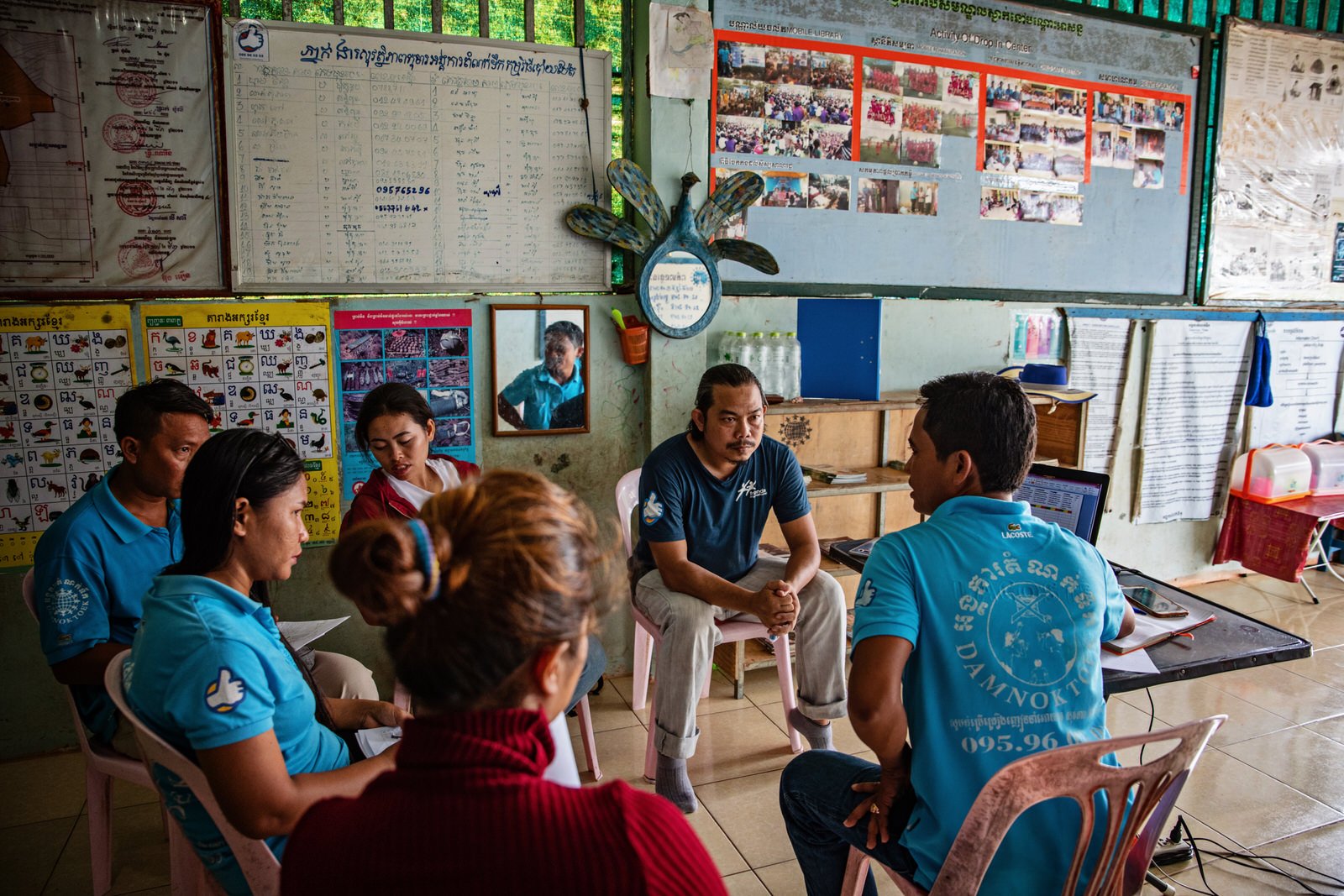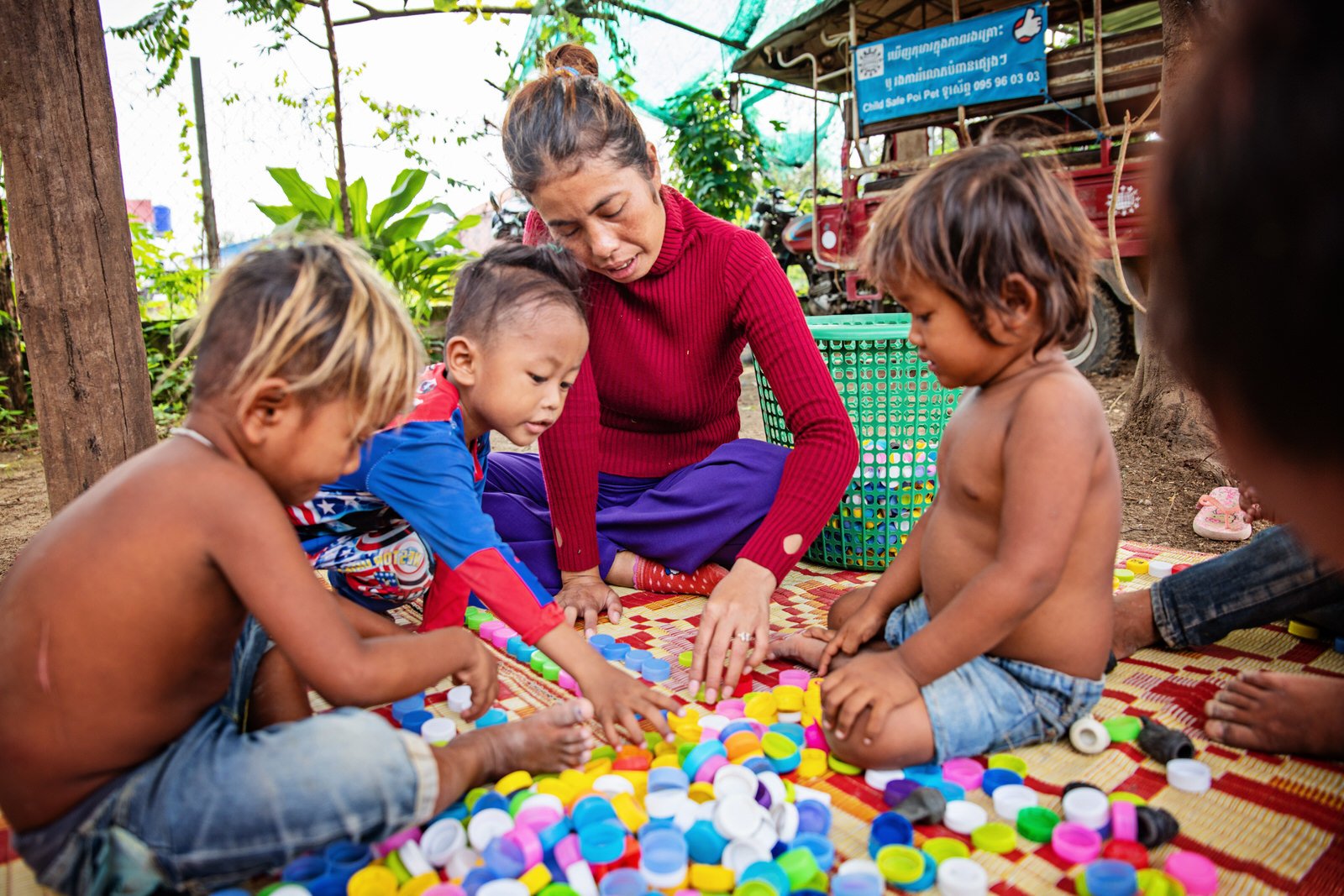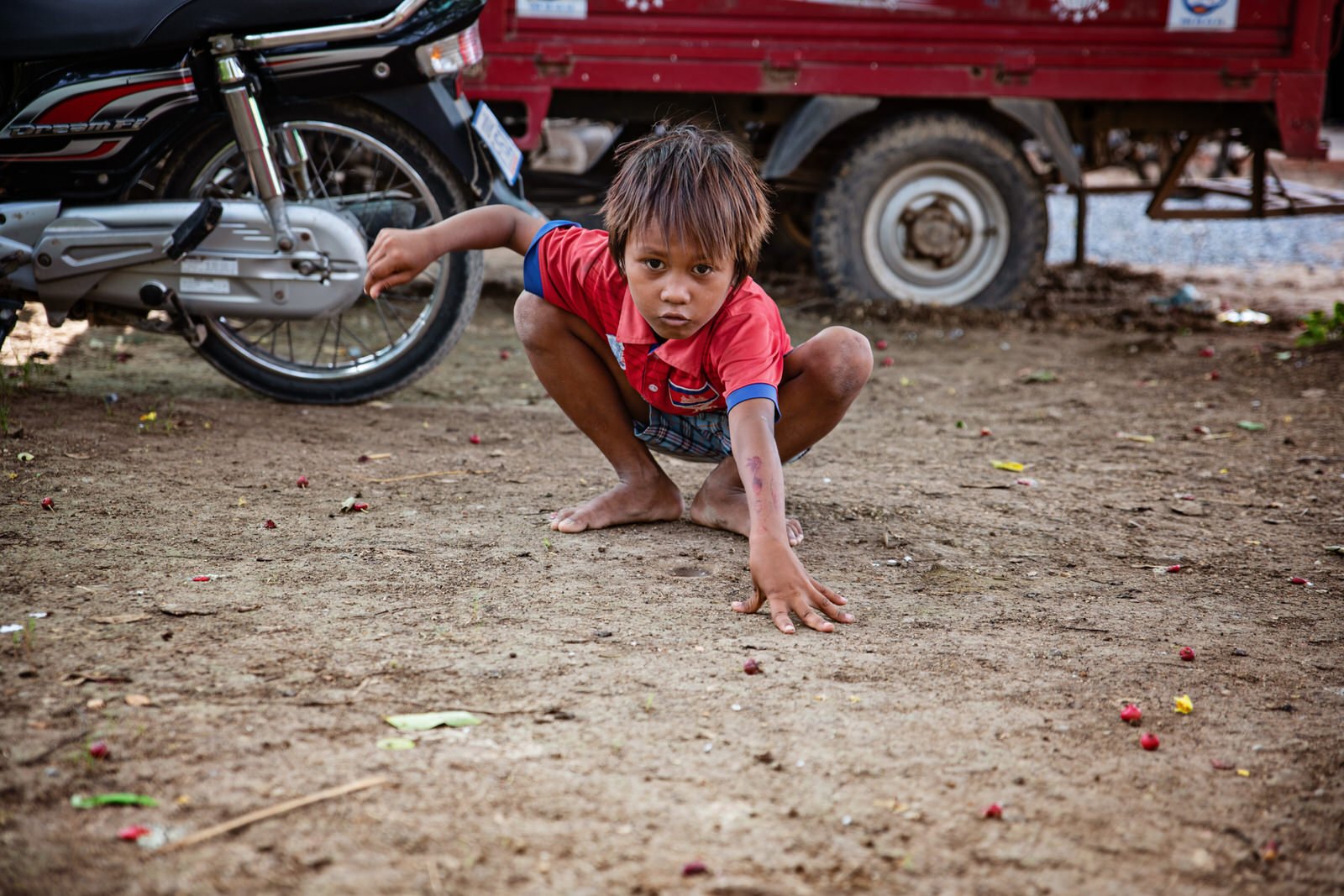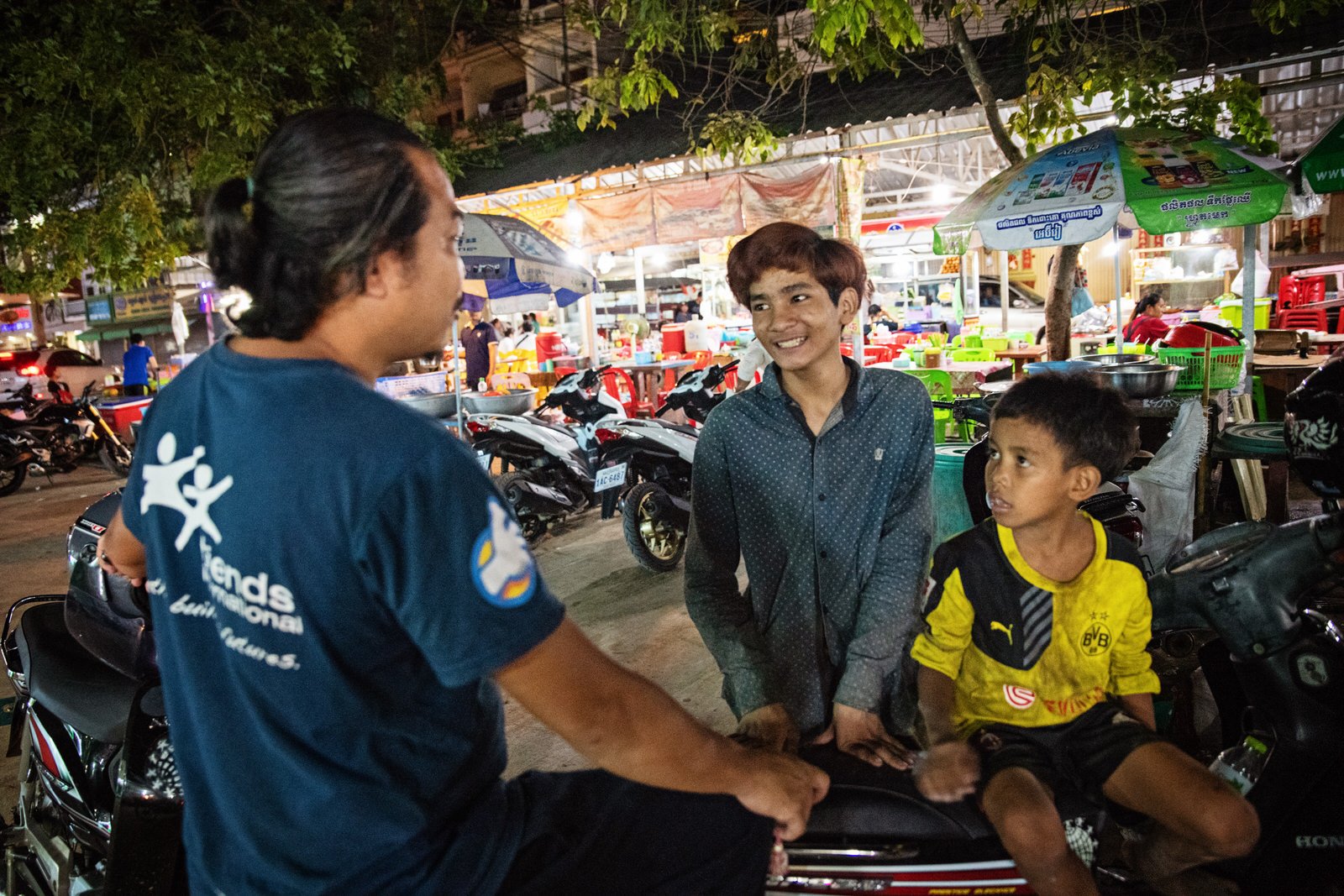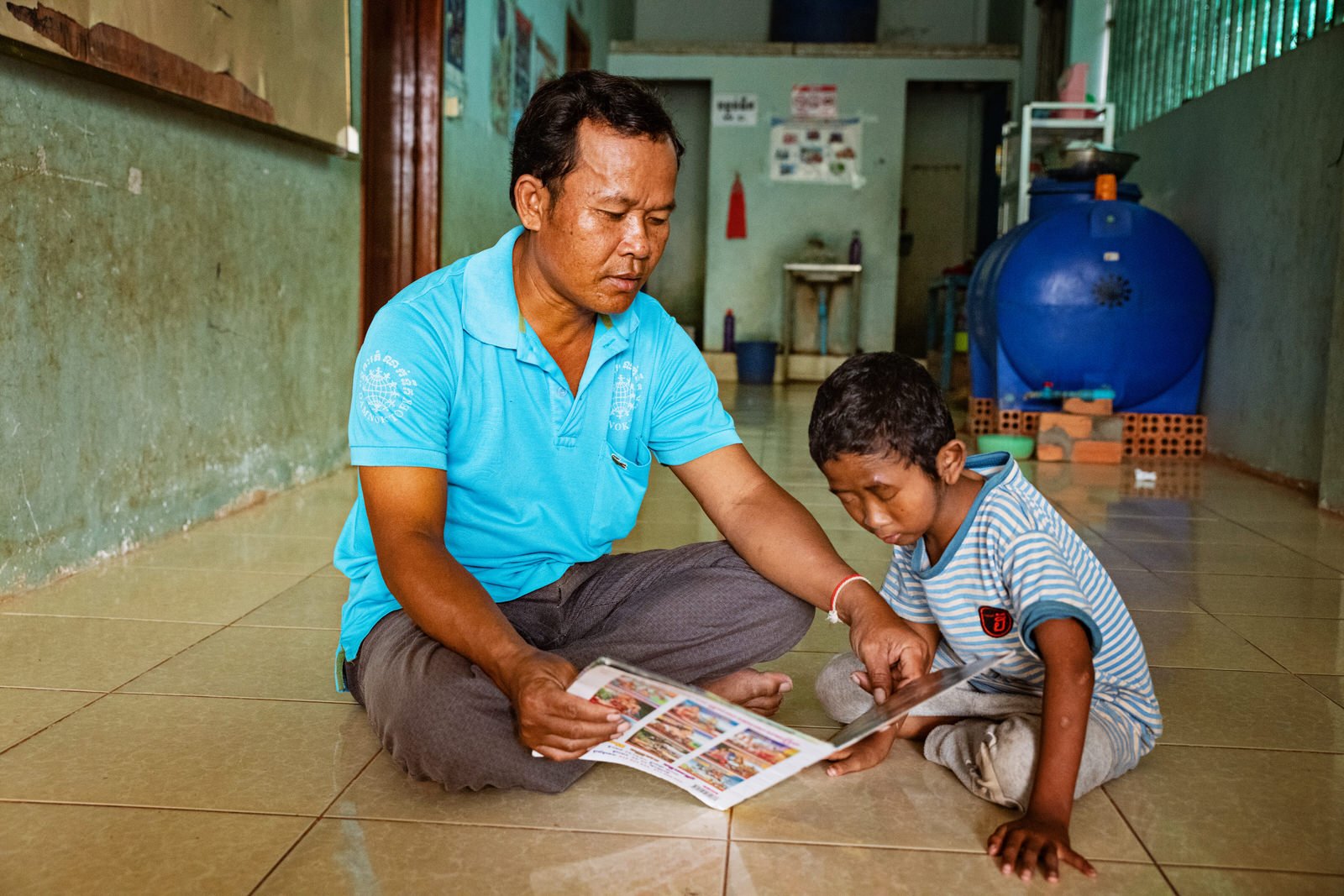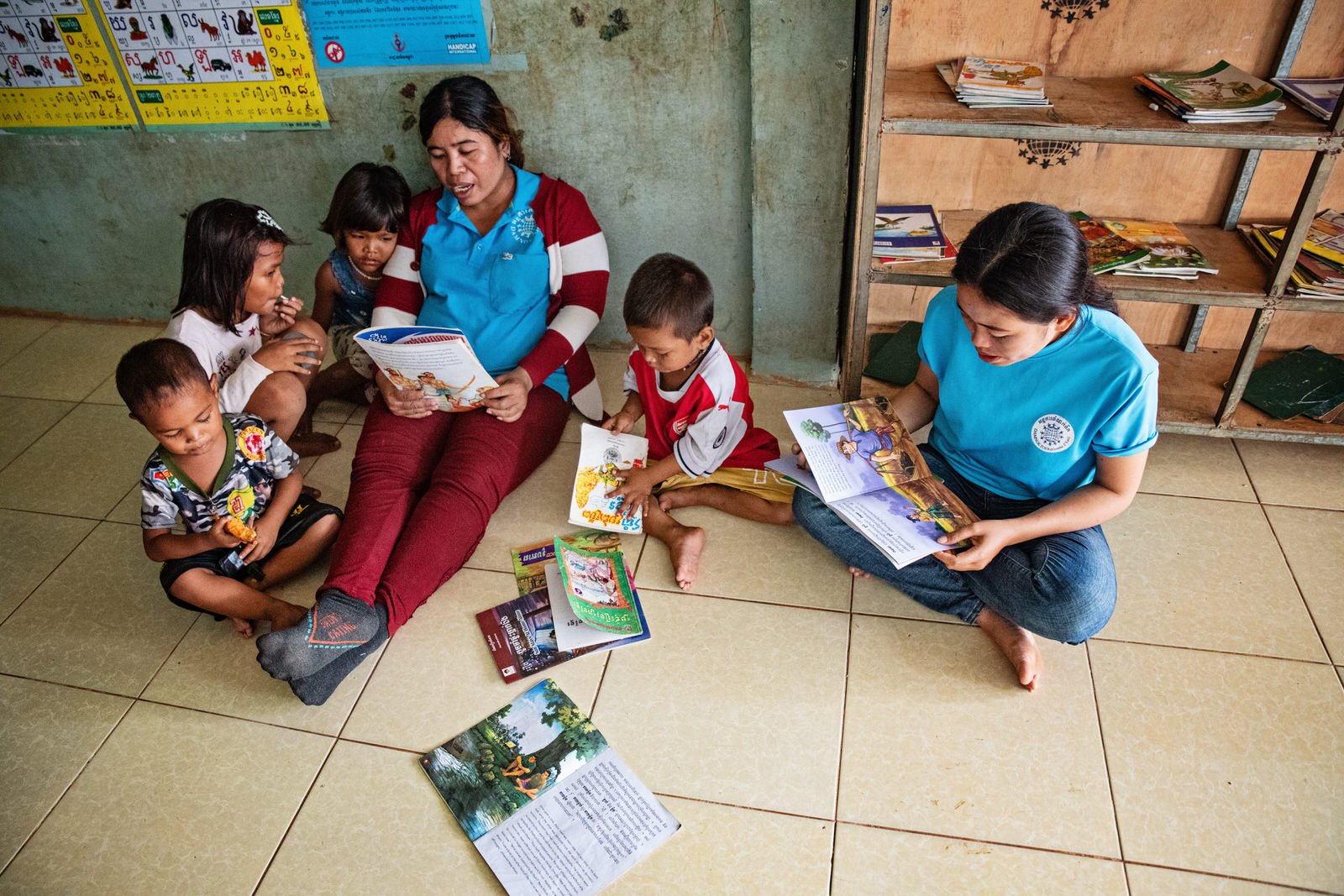
Close your eyes for a minute… remember what it was like to be a child… to run… to laugh… to imagine… to be loved… For less then half the world this is how we remember our childhood. Completely free of worries, free to learn, free to dream, free to be a child.
Unfortunately, many children around the world are not so lucky. In many third world countries children are working by the age of 6. They are already watching their siblings at the age of 3. There is no time or money for toys, or school, healthcare, or even food. Many learn to live off the land, to survive as a community and not as individuals.
As is such in many third world countries children aren’t given the same opportunities to be a child. At young ages they are forced into labor, sold to trafficking organizations where they are sent out into the street to sell flowers, or trinkets to locals and tourists. When they are small and cute they are sent out to the street to beg for money that they can bring to either their family or the head trafficker.
In Cambodia, sometimes parents will sneak their children with them over the border into Thailand where they can make more money. While the parents work the children will often take to the streets begging, or selling things. Many of these kids are picked up by Border Officers and sent back to Cambodia alone. With no parents they learn to live on the street.
Many of these children can’t go to school, they can’t eat, they can’t bathe, and don’t have proper medical care.
That is where Damnok Toek came into their lives.
Damnok Toek’s target beneficiaries for the services are poor and vulnerable children with a specific focus on street children. Street children meaning, those who live on the street, work on the street, or are children of street living families. While many of Damnok Toek’s beneficiaries are victims of abuse, exploitation, trafficking, most are simply poor, which leaves them vulnerable and exposed.
In 1999, after seeing how these children were living a man from Switzerland partnered with the Cambodian Government and started Damnok Toek. They understood that trafficking and exploitation are fundamentally linked to children without access to basic services such as nutrition, health, and housing, as well as educational and livelihood opportunities. Damnok Toek started to created projects that addressed these needs through eight platforms; Vocational Training, Income Generation Activities, Drop In Centre, Border Drop In center, Reception Centre, Transitional Care and Group Home Project, and Non-Formal Education Project.
The Drop-In Centre also works closely with Damnok Toek’s successful Border Drop In center Project, which is a reception centre housed at the deportation re-entry location on the border of Thailand and Cambodia. Damnok Toek’s role at this location is to identify unaccompanied children deported from Thailand, and provide emergency case management and referrals to these children to ensure family members or appropriate care can be found or provided. This is done as a means to reduce their likelihood of unsafe migratory behaviours, as well as the possibility of further trafficking or exploitation. While the number of beneficiaries fluctuates on a monthly basis, Damnok Toek generally screens and conducts basic case management for approximately 500-600 children, monthly.



